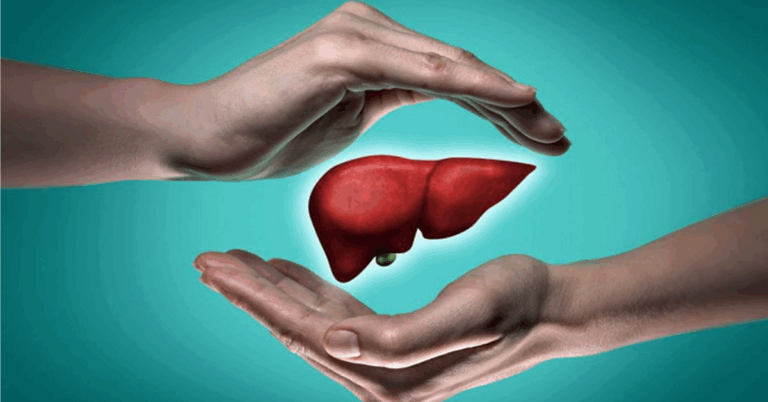Exploring the Benefits of Nature Therapy for Children with ADHD
all panel 777, lesar247, 99 exch:Exploring the Benefits of Nature Therapy for Children with ADHD
Are you a parent or guardian of a child with ADHD (Attention Deficit Hyperactivity Disorder)? If so, you’re likely familiar with the challenges that come with managing their symptoms. From difficulty focusing and impulsivity to hyperactivity, ADHD can pose unique obstacles for both children and their families. While medication and therapy are commonly used to treat ADHD, have you ever considered the potential benefits of nature therapy?
Nature therapy, also known as ecotherapy or green therapy, involves spending time in natural environments to promote healing and overall well-being. When it comes to children with ADHD, research has shown that exposure to nature can have a positive impact on their symptoms. In this blog post, we’ll explore the various benefits of nature therapy for children with ADHD and provide tips on how to incorporate nature into their daily routine.
Improvement in Attention and Focus
One of the hallmark symptoms of ADHD is difficulty in maintaining attention and focus. However, spending time in nature has been shown to improve concentration levels in children with ADHD. The calming and soothing effects of natural environments can help reduce distractibility and increase attention span. Whether it’s taking a walk in the park, gardening, or simply sitting by a tree, nature therapy can provide a much-needed break from the overstimulation of modern life.
Reduced Stress and Anxiety
Children with ADHD often experience heightened levels of stress and anxiety due to their struggles with impulsivity and hyperactivity. Nature therapy offers a peaceful and tranquil setting that can help alleviate these feelings. Being surrounded by greenery and fresh air can have a calming effect on the nervous system, leading to a reduction in stress and anxiety levels. By incorporating regular nature outings into their routine, children with ADHD can experience improved emotional well-being.
Increased Physical Activity
Physical activity is a crucial component of managing ADHD symptoms, as it helps to regulate energy levels and promote better focus. Nature therapy provides ample opportunities for children to engage in physical activities such as hiking, biking, and playing outdoor games. These activities not only help burn off excess energy but also improve motor skills and coordination. By encouraging your child to spend more time outdoors, you can support their overall physical health while also addressing their ADHD symptoms.
Enhanced Creativity and Problem-Solving Skills
Another benefit of nature therapy for children with ADHD is its ability to enhance creativity and problem-solving skills. Spending time in natural settings can stimulate the imagination and encourage innovative thinking. Whether it’s building forts out of sticks, exploring new trails, or observing wildlife, nature can ignite a sense of curiosity and wonder in children with ADHD. By engaging their senses and exploring their surroundings, children can develop critical thinking skills that can translate into academic and social success.
Improved Social Skills
Children with ADHD often struggle with social interactions due to their impulsivity and hyperactivity. Nature therapy provides a non-judgmental and inclusive environment where children can engage with their peers in a meaningful way. Whether it’s working together on a nature-themed project or simply playing in the park, nature outings can enhance social skills such as cooperation, communication, and empathy. By fostering positive social interactions in a natural setting, children with ADHD can build self-confidence and forge lasting friendships.
Better Sleep Patterns
Sleep disturbances are common among children with ADHD, as their hyperactivity and impulsivity can interfere with their ability to wind down at night. Spending time in nature during the day can help regulate the body’s natural sleep-wake cycle, leading to improved sleep patterns. The exposure to natural light and fresh air can help reset the body’s internal clock, making it easier for children to fall asleep and stay asleep. By incorporating nature therapy into your child’s daily routine, you can promote better sleep hygiene and support their overall well-being.
Incorporating Nature Therapy into Your Child’s Routine
Now that you’re aware of the benefits of nature therapy for children with ADHD, you may be wondering how to incorporate it into your child’s daily routine. Here are some practical tips to help your child experience the healing power of nature:
– Schedule regular outdoor outings: Set aside time each week for nature outings such as hikes, picnics, or visits to the park.
– Create a nature-themed scavenger hunt: Encourage your child to explore their surroundings and discover new sights and sounds in nature.
– Start a garden together: Gardening can be a therapeutic and rewarding activity for children with ADHD, allowing them to connect with nature and learn valuable skills.
– Practice mindfulness in nature: Teach your child to be present and mindful during outdoor activities, encouraging them to focus on their senses and surroundings.
– Limit screen time: Make an effort to reduce your child’s screen time and instead encourage them to spend more time outdoors engaging with nature.
Frequently Asked Questions
Q: Can nature therapy replace traditional treatments for ADHD?
A: Nature therapy can be a complementary approach to traditional treatments for ADHD, such as medication and therapy. It’s important to work with a healthcare provider to develop a comprehensive treatment plan that addresses your child’s individual needs.
Q: How often should my child engage in nature therapy?
A: The frequency of nature therapy sessions can vary depending on your child’s schedule and preferences. Aim to incorporate regular outdoor activities into their routine, whether it’s daily nature walks or weekly outings to natural settings.
Q: Can nature therapy benefit children with other neurodevelopmental disorders?
A: Nature therapy can have a positive impact on children with a variety of neurodevelopmental disorders, including autism, anxiety, and sensory processing disorders. The calming and therapeutic effects of nature can benefit children with diverse needs.
Q: What are some safety considerations for nature therapy?
A: When engaging in nature therapy with your child, be mindful of potential hazards such as uneven terrain, poisonous plants, and wildlife. Always supervise your child during outdoor activities and be prepared with appropriate gear and supplies.
In conclusion, nature therapy offers a holistic and natural approach to supporting children with ADHD. By incorporating regular outdoor activities into their routine, you can help your child experience the myriad benefits of spending time in nature. From improved attention and focus to reduced stress and anxiety, nature therapy can be a valuable tool in managing ADHD symptoms and promoting overall well-being. So, why not step outside and explore the healing power of nature with your child today?







